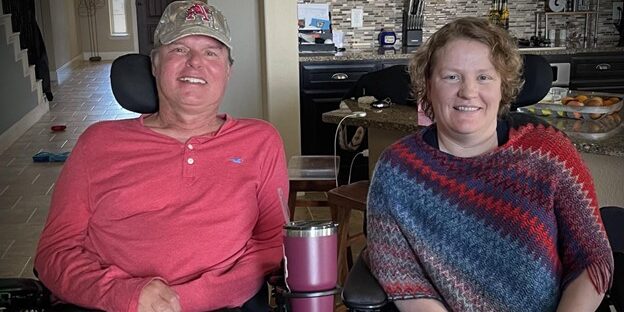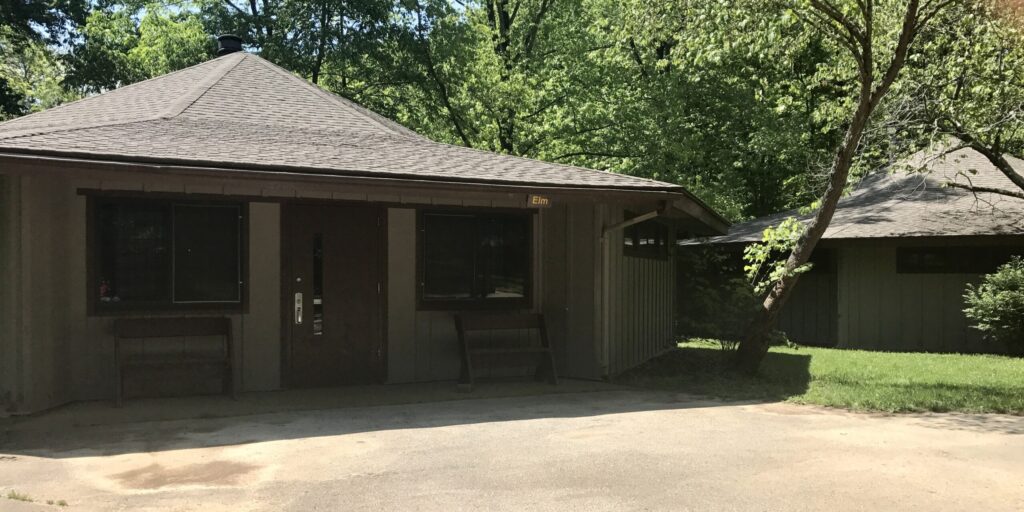
Writing About Adversity Leads to Unexpected Benefits
By Chris Anselmo | Thursday, May 9, 2024
Over the 2022 holiday break, I was at a crossroads. I was browsing my personal blog and realized that I hadn’t posted in several months. For many years, my blog was where I shared updates about my journey living with limb-girdle muscular dystrophy type 2B (LGMD2B). Although I still loved to write, I longed to share lessons learned from my experience instead of just writing life updates. More specifically, I wanted to help others going through adversity by sharing strategies and resources that have helped me endure tough times — wisdom acquired through trial and (lots of) error.
In January 2023, I started a Substack newsletter, Hello, Adversity. It was one of the best decisions I ever made.
Getting started
When I began Hello, Adversity, I didn’t know what to expect. Would anyone want to read it? At first, I was afraid that my only subscribers would be my parents. Fortunately, this worry was unfounded. I let my family and friends know about the newsletter, and after a few weeks I hit 100 subscribers. It was encouraging to see that people wanted to hear what I had to say and, more importantly, that the content was resonating. Early feedback indicated that readers enjoyed learning resilience strategies to navigate their day-to-day lives.
Writing about resilience and adversity was a welcome change from my former blog. Although I had never written on a set schedule before, I was able to generate new posts without it feeling like a burden. I knew that this was a good sign for Hello, Adversity’s long-term prospects.
Content calendar
After some initial experimentation, I settled on writing one new post per week. Whereas I used to write 2,500- to 3,000-word posts, I now aim for 1,500 to 2,000 words, which is much more manageable and only takes a few hours to write from beginning to end.
I like to standardize my writing process as much as possible. For example, after my post publishes on Wednesday morning, I start the next post to keep the momentum going. I scope out a draft by Wednesday night, refine it more on Thursday, then take Friday to Sunday off. On Monday, I edit the draft and add any supporting material, then make final tweaks Tuesday night before scheduling the post for the next morning. Having an idea of what I need to do each day saves me from unnecessary anxiety.
I also keep a content calendar where I can quickly see what resilience strategies are on the schedule for the next five to 10 weeks. That way, I don’t have to waste time each week wondering what to write about.
Building an audience
I have primarily used two tactics to build my audience: sharing my newsletter with my network and building relationships with other Substack writers.
I’ve found that many people discovered my site because a friend or family member of mine forwarded them one of my posts. Word-of-mouth is a powerful form of marketing. I have also benefited from
Substack’s internal recommendation tools where other writers can recommend my work to their audience, leading to new subscribers. Most of my subscribers have come from recommendations.
I must admit, it is easy to get wrapped up in metrics like subscriber count, open rate, etc. There were times when I could have promoted my newsletter in spammy or inauthentic ways to grow my email list but decided against it. At the end of the day, the quality of a reader is more important to me than the number of readers. I want people to learn from and utilize the content rather than open the email then immediately delete it.
The best part of writing Hello, Adversity — besides writing about a topic I enjoy — has been connecting with readers, meeting new people, and growing relationships. This was an unexpected benefit of writing a newsletter. I never considered the importance of these connections until I got started and saw how much value there was in developing a consistent audience of regular readers invested in my story and what I had to say. That has made it so much more enjoyable.
Share your interests
The reason I am sharing my experience writing a newsletter is not to toot my own horn but rather to inspire you to share your passions with the world. Whether it’s telling your story, shedding light on pressing advocacy issues, raising awareness, teaching your expertise, or discussing your hobbies, there is a community of people out there eager to engage with what you have to say. My preferred form of communication is writing, but you can also do public speaking, take up an artistic pursuit, or something else.
Whatever passion you bring to the table, there is an audience for it. Putting yourself out there can positively impact your life and open doors you never knew existed. I am living proof of that.
Chris Anselmo lives in Connecticut with LGMD2B, an adult-onset neuromuscular disease. You can read and subscribe to his newsletter Hello, Adversity.
Next Steps and Useful Resources
- Listen to a Quest Podcast conversation with Isaac Banks, an author and public speaker, about finding personal fulfillment.
- Getting diagnosed can be an especially difficult time. Learn strategies to cope with the emotions that come with receiving a diagnosis for yourself or your child.
- Stay up-to-date on Quest content! Subscribe to Quest Magazine and Newsletter.
Disclaimer: No content on this site should ever be used as a substitute for direct medical advice from your doctor or other qualified clinician.




